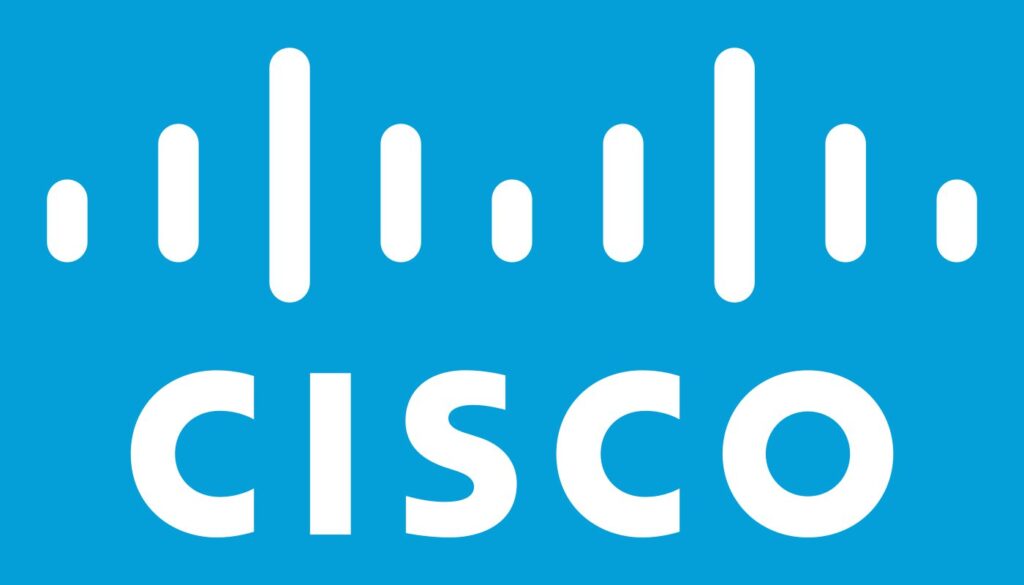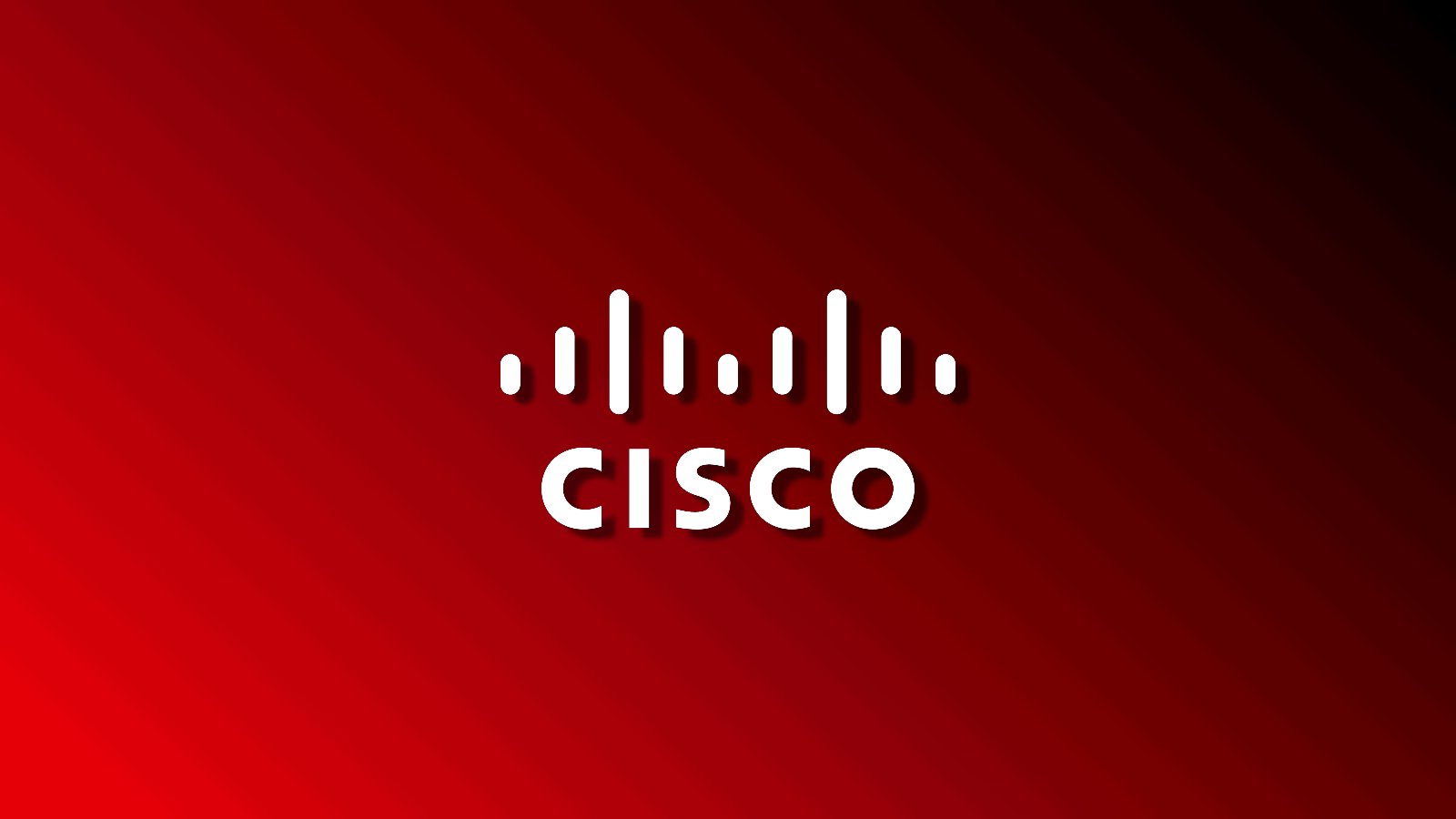Critical Cisco Vulnerability Enables Unauthorized Root Access on SEG Devices. Here is a quick look
Cisco, a prominent networking giant, recently addressed a critical security flaw affecting its Security Email Gateway (SEG) appliances. This vulnerability allows malicious actors to add new users with root privileges, potentially compromising the integrity and confidentiality of sensitive data. In this article, we delve into the specifics of the flaw, its impact, and the recommended mitigation steps.

The Cisco Vulnerability: CVE-2024-20419
The vulnerability, tracked as CVE-2024-20419, stems from an improper implementation of the password-change process within Cisco’s Smart Software Manager On-Prem (SSM On-Prem). Here are the key details:
- Severity Score: The flaw has been assigned a “perfect” severity score of 10, emphasizing its critical nature.
- Exploitation Mechanism: An attacker can exploit the vulnerability by sending carefully crafted HTTP requests to an affected device. Upon successful exploitation, the attacker gains access to the web user interface (UI) or API with the compromised user’s privileges.
- Scope: The SSM On-Prem solution enables organizations to manage their Cisco software licenses and entitlements within their local network environment (as opposed to the cloud). Administrators use it to track and manage software assets effectively.
Potential Impact of Cisco Vulnerability
The consequences of this vulnerability are far-reaching:
- Unauthorized Access: Malicious actors can change any user’s password, including administrators’. This unauthorized access could lead to data theft, system compromise, and even ransomware attacks.
- Network Pivot: The flaw’s exploitation via the web UI or API could allow hackers to pivot to other Cisco devices connected to the same network. From there, they might escalate their attacks, steal sensitive information, or disrupt critical services.
Mitigation Steps
Cisco recommends the following actions to mitigate the risk:
- Immediate Patching: Since no workarounds exist, organizations should promptly apply the provided patch to their SSM On-Prem instances.
- Security Hygiene: Regularly review and update security practices. Ensure strong password policies, limit user privileges, and monitor network traffic for suspicious activity.
Conclusion
As cyber threats continue to evolve, timely vulnerability management remains crucial. Cisco’s swift response in addressing this flaw underscores the importance of proactive security measures. Organizations must prioritize patching and stay vigilant to safeguard their networks against potential attacks.
Remember, vigilance today ensures resilience tomorrow.
You think you have a story worth everyone’s time? SUBMIT A STORY and we will publish it.
Share this content:




Post Comment